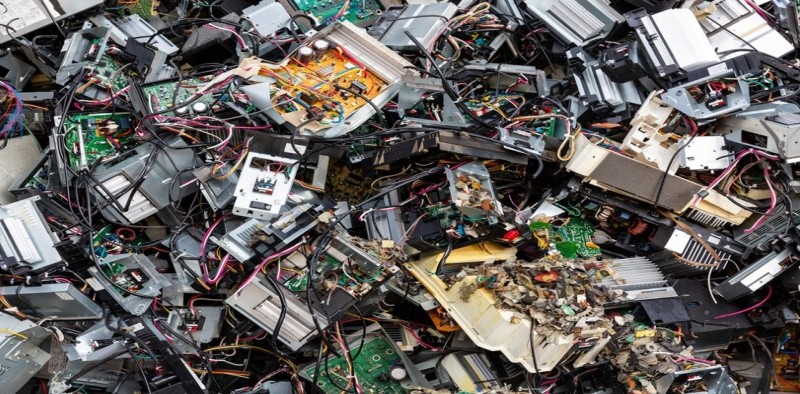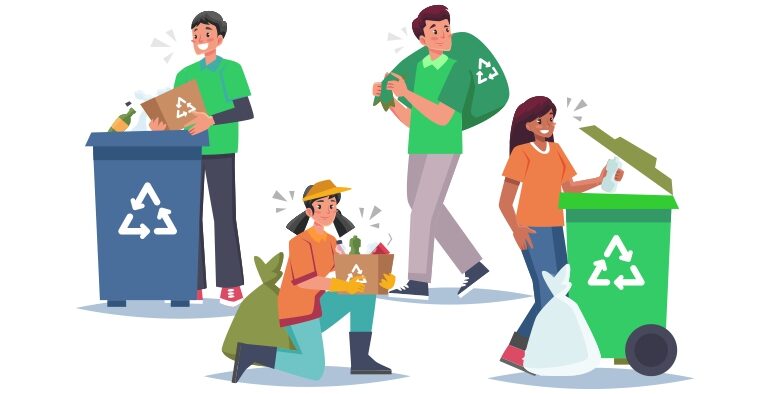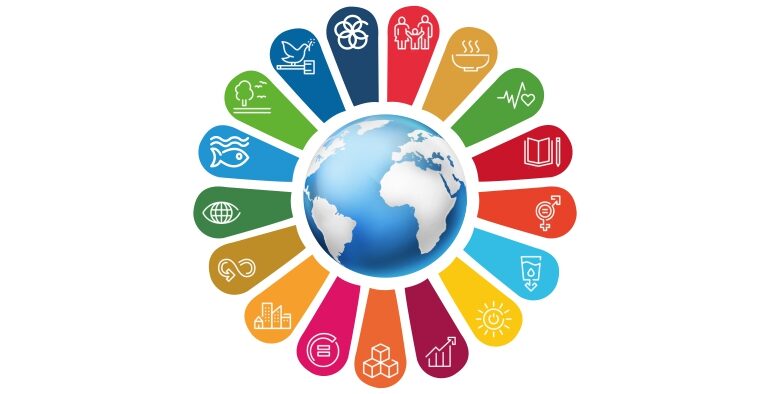It seems that as soon as you buy a new smartphone, another one appears on the market. It’s bigger, better, and you’re after it. Here’s the thing: the bigger phones get, and the more we’re urged to buy a new phone practically every year, the more harmful e-waste is generated. E-waste (electronic waste) is a term that describes the electronic gadgets that we abandon, such as smartphones, tablets, computers, and even televisions.
Throwing outdated devices, whether you realize it or not, has a bad influence on the environment, which has a negative impact on your health.
Below, we will learn more about e-waste, the reasons for E-waste generation, the impact of E-waste on the environment, and ways to minimize e-waste.
WHAT IS E-WASTE AND WHY IT IS HARMFUL?
E-waste or Electronic waste is any electrical or electronic equipment that’s been discarded. This comprises working and broken products, as well as their components, supplies, parts, and spares, that are thrown out or donated to a charity reseller.
Toxic compounds naturally leach from the metals inside e-waste when it is buried, making it extremely harmful.
REASONS FOR E-WASTE GENERATION
Surplus, discarded, and outdated electronic gadgets are referred to as e-waste. E-waste is generated for a variety of reasons. The fundamental problem isn’t e-waste generation, but rather it’s irresponsible handling. No one in the market treats e-waste as a hazardous and waste substance for which we must take measurable measures.
Population growth- We all know that the pace of population increase is considerable and that a growing population necessitates more electronic equipment to meet the demand for efficiency.
Technological advancements- Everyone enjoys using advanced technology to complete their tasks. People are rejecting currently functional items before they reach the end of their useful lives due to the rapid pace of technological advancement. Another cause for a load of E-waste is this.
Technology is accessible at a low cost- In the recent period when technology is rapidly evolving and becoming more affordable. As a result, individuals are quickly adopting and discarding it.
Human behavioral challenge: Humans never see a problem as such until it becomes big. As a result, no one thinks twice about tossing garbage and waste into the proper disposal location.
EFFECT OF E-WASTE ON THE ENVIRONMENT
1. Massive accumulation of toxic substances
E-waste contains bioaccumulative toxins such as Lead, Mercury, Cadmium, Lithium, Barium, and others, which can make you suffer from a variety of disorders affecting complex systems such as the gastrointestinal and neurological systems. A typical computer screen is expected to weigh between five and eight pounds of lead. Heavy metals such as lead and other heavy metals are proven carcinogens.
2. Groundwater is at a risk
Heavy metals are released into groundwater during the dismantling of cathode ray tubes, making it very poisonous and unfit for consumption. Over accumulation of these harmful chemicals in the body can cause toxicity or poisoning.
3. So are your lungs
One of the most common negative consequences of e-waste disposal is air pollution. Desoldering of computer chips, for example, results in the release of Tin and Lead, as well as eventual inhalation of these potential carcinogens, resulting in widespread air pollution.
4. Flora and fauna are dying
Hydrocarbons are released by gold-plated compounds, which are then dumped directly into river banks. This causes river water to become acidic, resulting in the extinction of aquatic flora and wildlife. The fact that practically all Indian rivers are already severely polluted shows how widespread the problem is.
5. Impact on soil
Heavy metals are absorbed into the soil-crop food chain. Because these metals are non-biodegradable, they continue to accumulate and grow in number in every aspect of the environment, posing a hazard to life at all of these levels.
WAYS TO MINIMIZE E-WASTE
The amount of e-waste produced on a global scale is increasing. With an estimated 25-50 billion connected devices, it is the world’s fastest expanding waste stream. Minimizing e-waste conserves resources and lowers the amount of energy we consume from the planet. E-waste can be reduced in the following ways:
- Reconsider: Is that extra gadget truly necessary? Try to find a single device that can perform several tasks.
- Extend the life of your electronics: • Buy a case, keep your gadget clean, and avoid overcharging the battery to extend the life of your equipment.
- Buy environmentally friendly electronics: Look for products with the Energy Star badge or that have been certified by the Electronic Product Environmental Assessment Tool (EPEAT).
- Donate used electronics to charitable organizations.
- Recycle electronics with local e-waste recycling programs: If you have a significant amount of e-waste and looking for e-waste recycling services online. There are many online e-waste recycling platforms in Chandigarh such as Namma Kailan Kadai. These online platform deals with the recycling of e-waste through mobile applications which allows you to sell your old electronic items at the best prices.
Namma Kailan Kadai your HELPING hand in E-WASTE RECYCLING
Namma Kailan Kadai Services is a leading online scrap buyer that specializes in the recycling and handling of old electronics and other metals. Unwanted items are recycled in a responsible and environmentally manner by their professional team. It provides door-to-door services for customers at the best prices who want to sell their old electronic products or items that are no longer in use because recycling is a better option than storing outdated devices in the house or dumping them in landfills. Customers need to register through the website and app and fill in all the required details then select the type of e-waste item they want to sell and the hawker will come to your place at appointed day and time.



